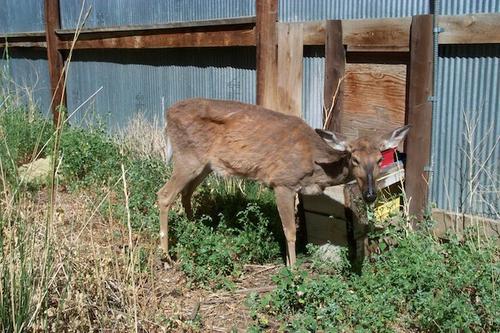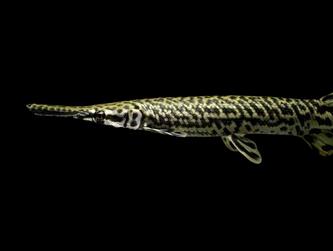
Stirred in the middle of the night by a steady stream of light, we wonder: is that a full moon or streetlight? Although an annoyance, most of us quickly fall back into REM sleep. Stakes are higher out on the Serengeti. For prey aiming to avoid a lion encounter, the fullness of the moon can impact whether or not they’ll survive until morning.
In a recently published article in Ecology Letters, a group of U of MN researchers explore how the lunar cycle impacts the behavior of animals that lions feast on. Researchers show that the brightness of the moon can impact how prey move across the landscape in an effort to avoid predation.
This research explores strategies that Serengeti prey use to avoid lions and Meredith Palmer, the lead author notes, “the work will make it much easier to create models that predict prey’s behaviour and subsequent impacts on their community and the environment.”
Zebra, buffalo, wildebeest, and Thompson’s gazelle must carefully select their grazing grounds to avoid becoming a lion’s next meal. The idea that prey avoid “high-risk” areas -- or where lions gather -- is aptly dubbed the “landscape of fear” by researchers. Under this assumption, prey should graze in “low-risk” areas and avoid lions all together. However, if the threat of predation changes over time, prey could take advantage of "greener pastures” when lions are less active.
Testing this idea is a challenge, but when Palmer joined the lab of Craig Packer -- a renowned lion expert -- she set out to do just that in her dissertation. Now she needed to pick a natural cycle that fluctuated through time. The lunar cycle was a strong candidate, especially after a 2011 study by Packer and colleagues showed that lions enjoy more success hunting wildlife during new moon nights.
As part of the the Serengeti Lion Project, researchers set up a network of camera traps across different habitats to capture candid shots of Serengeti wildlife as a means of better understanding their behavior. Over three years, the cameras captured 1.2 million images of different wildlife species.
Around 70,000 volunteers used Snapshot Serengeti, a citizen science project, to identify the species in the photos from camera traps over the course of a few years. Images reveal that prey utilize different tactics to minimize risk. For instance, some completely avoid high-risk areas, while others elect to stay extra vigilant instead.
These findings are incredibly important when predicting how top predators -- like lions -- can shape plant communities by changing where herbivores spend time grazing These models help managers and conservation scientists better understand how the species they are aiming to protect utilize the landscape and what could happen if a top predator disappears.
- Categories:
- Agriculture and Environment





